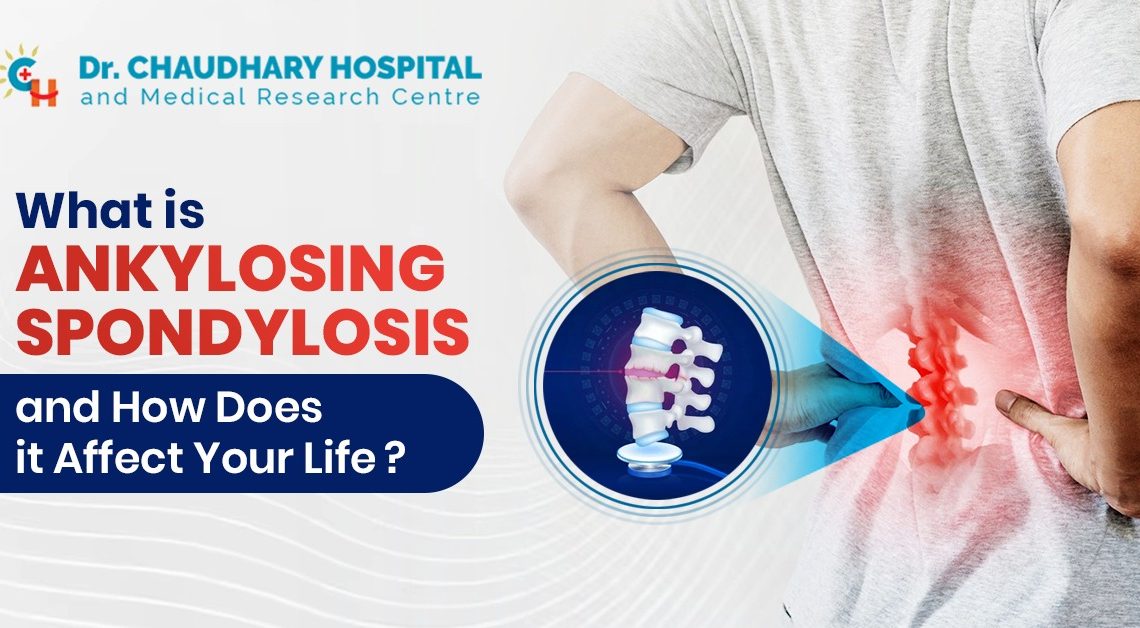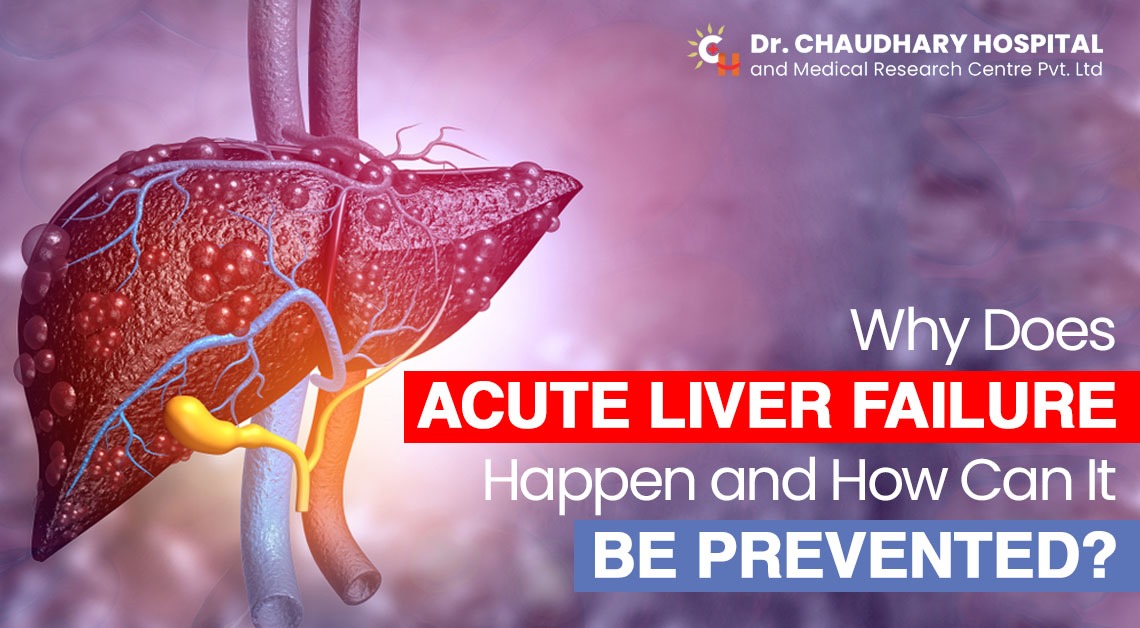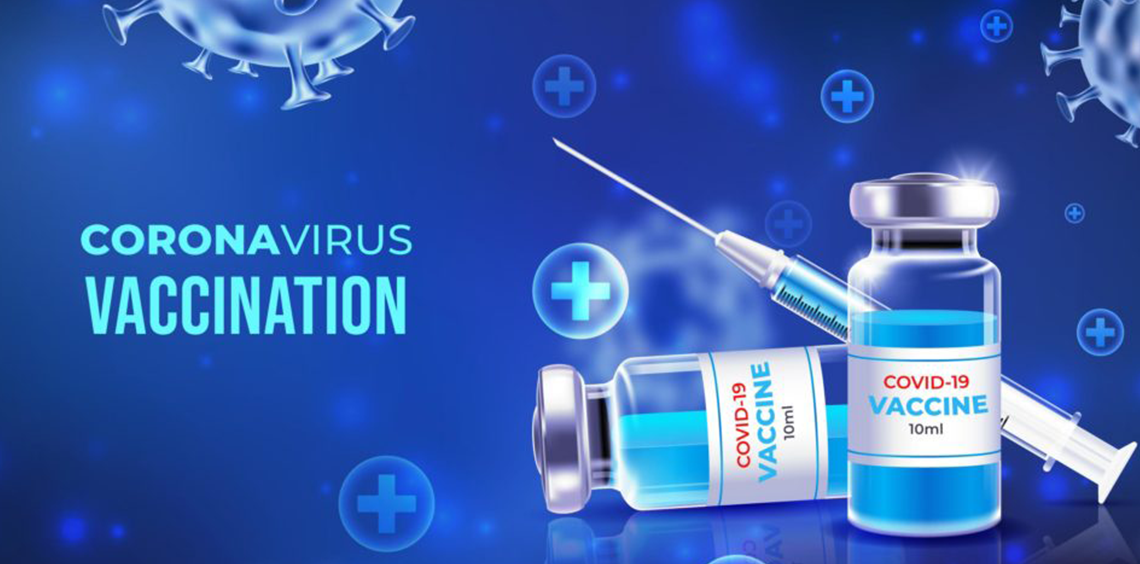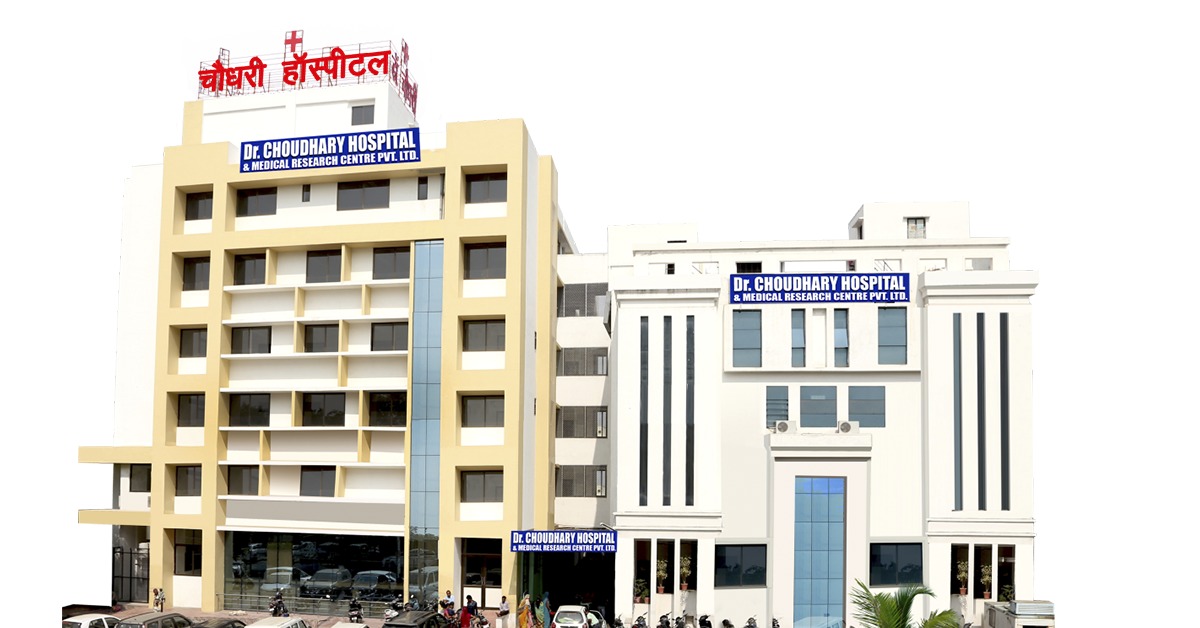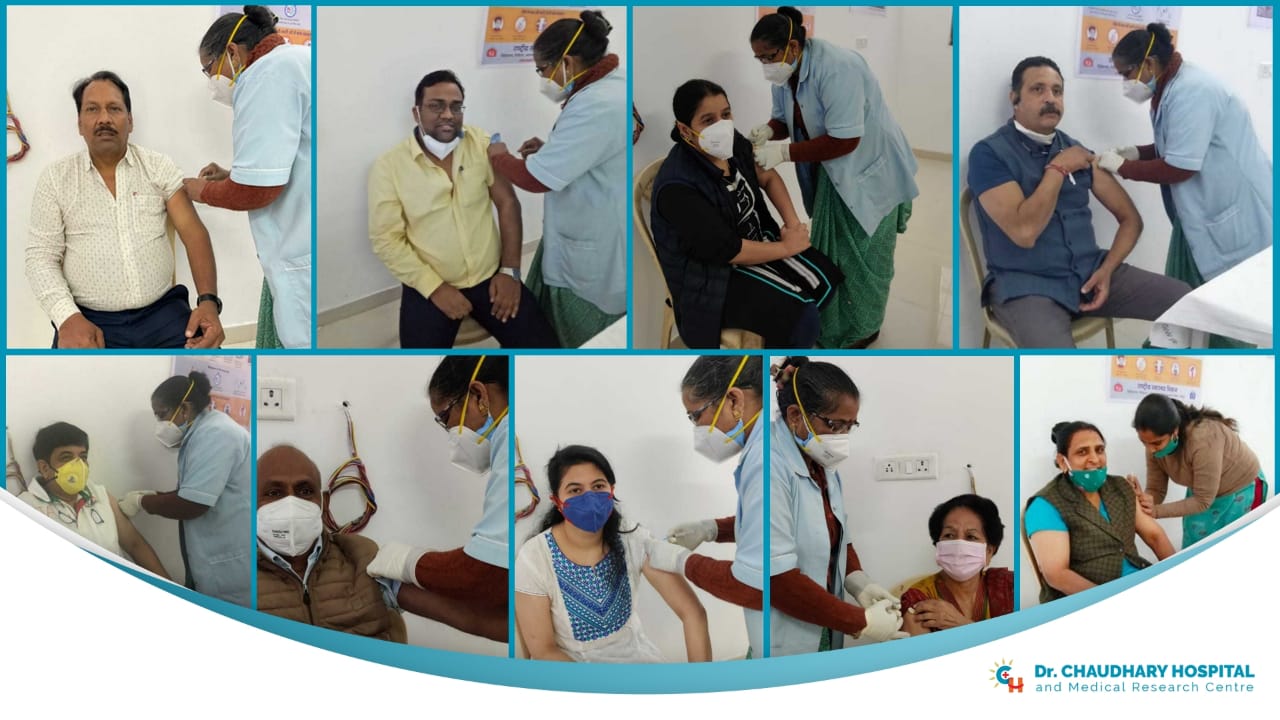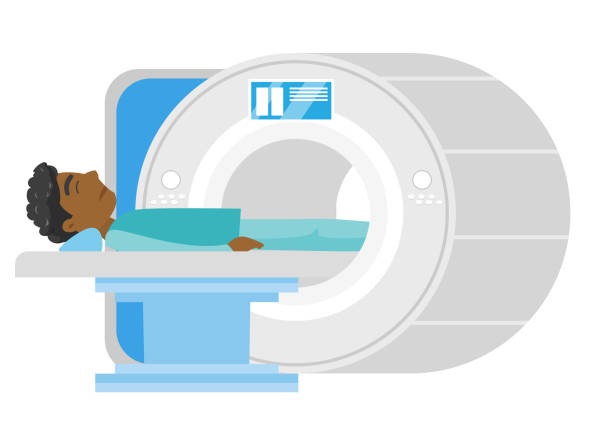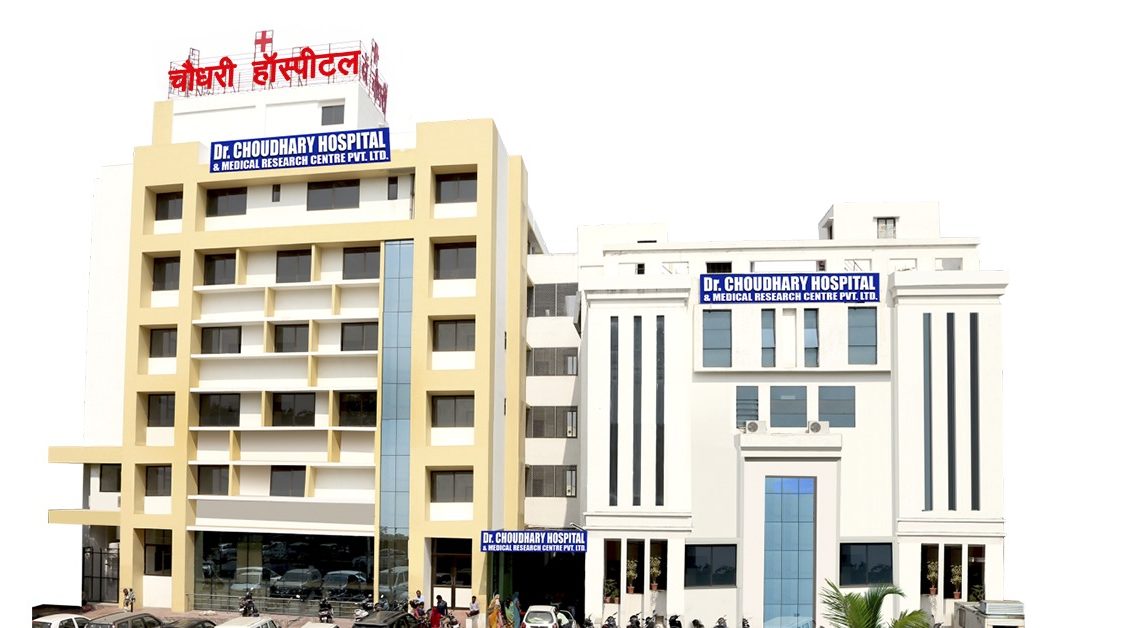Ankylosing Spondylitis (AS) is not merely a medical term; it’s a life-altering condition that stealthily infiltrates the daily lives of those affected. This chronic inflammatory arthritis primarily targets the spine, leading to pain, stiffness, and, in severe cases, fusion of the vertebrae. In this blog post, we will explore the intricacies of Ankylosing Spondylitis and shed light on how it can significantly impact one’s life.
What is Ankylosing Spondylitis?
Ankylosing Spondylitis is a form of arthritis that predominantly affects the spine, causing inflammation in the spinal joints and ligaments. Over time, this inflammation can lead to the fusion of vertebrae, resulting in a rigid spine. While the exact cause remains unknown, genetic factors are believed to play a crucial role in its development.
Numerous individuals suffering from ankylosing spondylitis experience intermittent back pain and stiffness, ranging from mild episodes to severe, persistent discomfort accompanied by a reduction in spinal flexibility. Furthermore, the impact of the disease extends to other areas of the body, with additional symptoms emerging depending on the specific regions affected. Some individuals may develop associated conditions such as eye disease (uveitis), skin disease (psoriasis), or gastrointestinal issues (inflammatory bowel disease).
While there is no cure for ankylosing spondylitis, various treatment options exist to manage its symptoms effectively. Recommended therapies encompass exercises, along with physical and/or occupational therapy, aiming to enhance mobility and posture. Medications are available to relief pain, control inflammation, improve body position, and slow down the progression of the disease. With proper treatment, the majority of individuals living with ankylosing spondylitis can lead productive lives.
Symptoms and Diagnosis
The symptoms of Ankylosing Spondylitis can vary widely, making it a challenging condition to diagnose. Early signs often include:
- Pain, stiffness, and inflammation in other joints, such as the ribs, shoulders, knees, or feet.
- Difficulty taking deep breaths if the joints connecting the ribs are affected.
- Vision changes and eye pain due to uveitis, which is inflammation of the eye.
- Fatigue, or feeling very tired.
- Loss of appetite and weight loss.
- Skin rashes, in particular psoriasis.
- Abdominal pain and loose bowel movements.
Diagnosing AS involves a combination of medical history, physical examination, and diagnostic tests such as X-rays and blood tests. However, the journey to a diagnosis can be lengthy, with many individuals facing misdiagnoses and a sense of frustration before receiving a conclusive answer.
The symptoms of ankylosing spondylitis differ among individuals. For some, there are intermittent episodes of mild pain, whereas others experience persistent and intense pain. Whether the symptoms are mild or severe, they may exacerbate during flare-ups and ameliorate during phases of remission.
The Impact on Daily Life
Living with Ankylosing Spondylitis means limitless uncertainty and adapting to a new kind of normal. The unpredictable nature of the condition can make even the simplest tasks a formidable challenge. The stiffness and pain, particularly in the morning, can interfere with daily activities like getting out of bed, tying shoelaces, or even reaching for items on a high shelf.
Beyond the physical challenges, the emotional toll of Ankylosing Spondylitis should not be underestimated. Chronic pain and the potential for disability can lead to anxiety and depression, impacting overall mental well-being. Moreover, the invisible nature of the disease often leads to misunderstandings and skepticism from others, adding a layer of social complexity to the already burdensome experience.
Treatment Approaches
Managing Ankylosing Spondylitis involves a multidimensional approach that combines medication, physical therapy, lifestyle modifications, and, in some cases, surgery. Nonsteroidal anti-inflammatory drugs (NSAIDs) are commonly prescribed to alleviate pain and reduce inflammation. Disease-modifying antirheumatic drugs (DMARDs) and biologics may also be recommended to slow the progression of the disease.
Physical therapy plays a crucial role in maintaining flexibility and preventing deformities. Regular exercise, particularly activities that promote strength and flexibility, such as swimming and yoga, can contribute to improved overall well-being. Additionally, adopting a healthy lifestyle, including proper nutrition and sufficient rest, can positively influence the course of the disease.
The Importance of Awareness
Raising awareness about Ankylosing Spondylitis is important in maintaining understanding and empathy towards the illness. Dispelling misconceptions about the disease and advocating for early diagnosis can contribute to improved outcomes for individuals affected by AS. Education within the medical community and the general public is vital to ensure that those with AS receive timely and appropriate care.
Conclusion
Ankylosing Spondylitis is more than a medical condition; it’s a journey of resilience, adaptation, and self-discovery. Navigating life with AS requires a comprehensive approach that encompasses medical management, lifestyle adjustments, and emotional well-being. By shedding light on the complexities of Ankylosing Spondylitis, we can foster a supportive community that empowers individuals to face the challenges posed by this stealthy foe with courage and grace.

